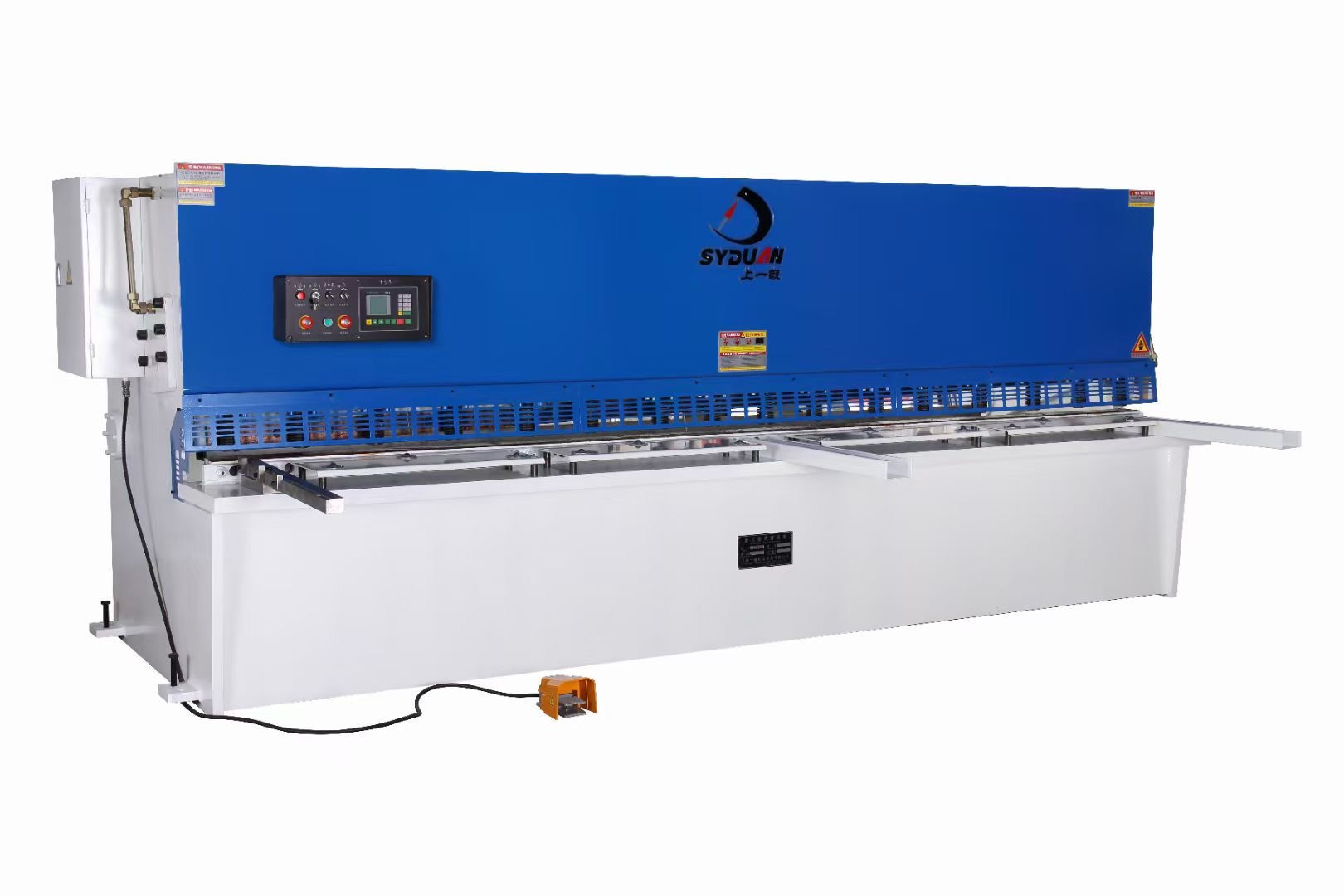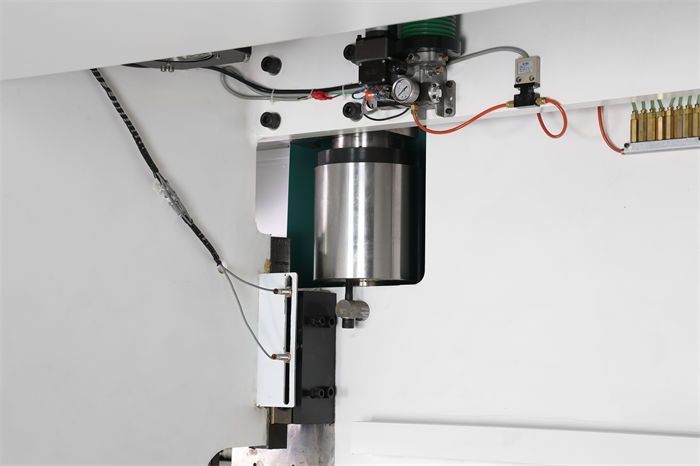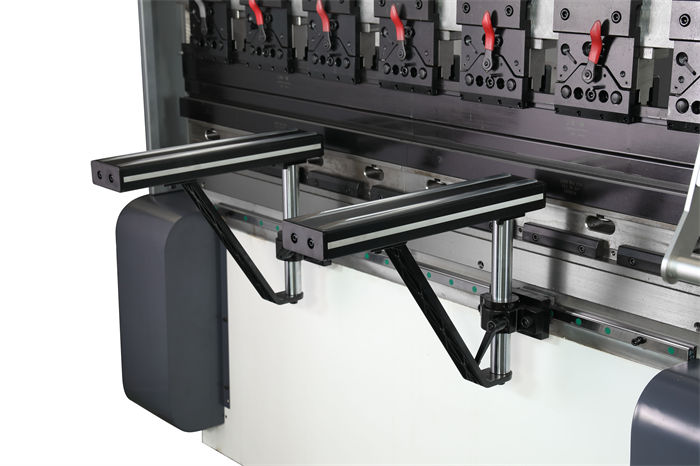How to avoid malfunctions in CNC bending machines
2024-05-20The prevention of faults in CNC bending machines is still the main focus. Some customers only use hydraulic bending machines blindly after purchasing them, never maintaining or paying attention to factors that can cause hydraulic bending machine failures. Therefore, the failure rate of the hydraulic bending machines they use is relatively high.
So the main task for the hydraulic bending machine manufacturer is to identify the faults in order to achieve the longest service life of your hydraulic bending machine. Hydraulic system failures are generally caused by three reasons: pollution, air ingress, and overheating.
1. Ensure the cleanliness of the hydraulic oil of the CNC bending machine and reduce pollution
The hydraulic oil of the CNC bending machine should be selected correctly to prevent dirt and impurities from entering the hydraulic oil of the CNC bending machine. The hydraulic oil of the CNC bending machine is not only the medium of the hydraulic system, but also a lubricant, so its cleanliness of the oil and the performance of the system have a great impact on the reliability and service life of the hydraulic components. The main reasons for hydraulic oil pollution in CNC bending machines are: firstly, the external parts of the hydraulic actuator are dirty, and debris enters the hydraulic system; secondly, the oil is not filtered with a filter during refueling; thirdly, the containers used are unclean; Fourthly, impurities enter during oil inspection, and fifthly, severely worn and damaged seals cannot be replaced in a timely manner; Six is that impurities such as iron filings generated during inspection and repair are not cleaned thoroughly, seven is that the oil is stored improperly, and impurities such as water enter the oil tank. Remember to pay attention to the above issues during use, inspection, and maintenance to reduce the occurrence of hydraulic system failures.
2. Prevent air from entering the hydraulic oil of the CNC bending machine, causing cavitation phenomenon
The compressibility of hydraulic oil in CNC bending machines is very low, but the compressibility of air is high. If there is a small amount of air in the hydraulic system, it will have a significant impact on the system performance. Air dissolved in water will overflow in large quantities at low pressure, producing bubbles and forming cavitation; If the pressure is high, under the impact of pressure, bubbles will quickly burst, producing explosive noise and releasing a large amount of heat energy, causing damage to components and heating of the oil. In order to prevent air from entering the hydraulic system, the following points must be achieved: first, insert the return oil pipe below the oil level; The second is to prevent loose joints and damaged seals; Thirdly, when refueling the fuel tank, avoid incorrect refueling methods; The fourth is to avoid the high oil suction resistance caused by the fine filter at the inlet of the hydraulic pump, and the dissolved gas cannot be separated.
3. Prevent excessive hydraulic oil temperature of CNC bending machine
It is generally better to control the temperature of hydraulic oil in CNC bending machines between 40 ℃ and 80 ℃. If it is kept above 80 ℃ for a long time, it will cause low viscosity of the oil, easy leakage, high temperature of hydraulic components, and short service life. So when choosing a radiator, all factors should be fully considered. The selection of oil viscosity also needs to be considered. High viscosity increases energy loss during oil flow, while low viscosity can lead to increased leakage. Therefore, attention should be paid to and regular inspections should be carried out during use to prevent high oil temperature. The hydraulic oil of the CNC bending machine should be filtered and inspected regularly to ensure the workability of the hydraulic system, reduce wear and corrosion of hydraulic components, and extend the service life of the hydraulic system.
Bending machines are divided into manual bending machines, hydraulic bending machines, and CNC bending machines. Hydraulic bending machines can be further divided into torsion axis synchronization, machine hydraulic synchronization, and electro-hydraulic synchronization according to synchronization methods. Hydraulic bending machines can be divided into upward and downward movement types according to their movement modes. Including a bracket, workbench, and clamping plate, the workbench is placed on the bracket, and the workbench is composed of a base and a pressure plate. The base is connected to the clamping plate through hinges, and the base is composed of a seat shell, a coil, and a cover plate. The coil is placed in the depression of the seat shell, and the top of the depression is covered with a cover plate. When operating, pay attention to the following points:
1. Strictly abide by the safety operation regulations of machine tool workers and wear labor protection equipment according to regulations
2. Before starting, it is necessary to carefully check whether the motor, switch, circuit, and grounding are normal and secure, and check that all operating parts and buttons of the equipment are stuck in the correct positions
3. Check the overlap and robustness of the upper and lower molds; Check whether each positioning device meets the requirements for processing.
When the upper skateboard and all positioning axes are not at the origin, run the return to origin program.
5. After the equipment is started, it should be idle for 1-2 minutes, and the skateboard should be fully operated 2-3 times. If any abnormal sound or malfunction is found, it should be stopped immediately, and the fault should be eliminated. Only after everything is normal can it work.
6. During work, one person should provide unified command to ensure close cooperation between the operator and the material feeding and pressing personnel, ensuring that all cooperating personnel are in a safe position before issuing bending signals.
7. When bending the sheet metal, it must be compacted to prevent it from lifting and injuring people during bending.
8. The power supply must be cut off and the operation must be stopped before pressing the plate material into the mold.
When changing the opening of the variable lower mold, no material is allowed to come into contact with the lower mold.
10. When the machine tool is working, people are not allowed to stand at the back of the machine tool.
11. It is strictly prohibited to individually fold the sheet material at one end.










